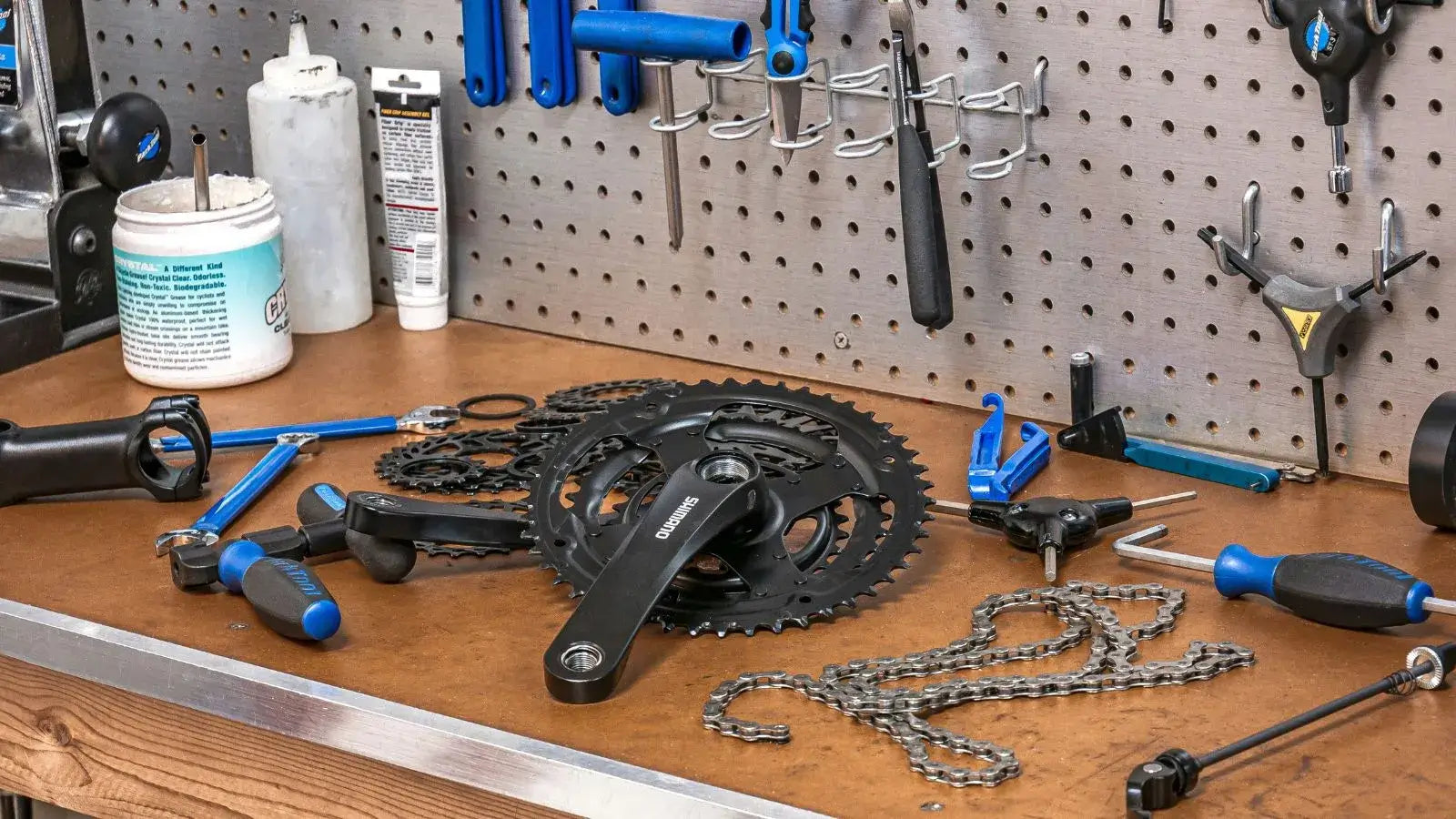
Why Your Fat Tire Electric Bike Crankset Might Fail and How to Prevent It?
Fat tire electric bikes can face crankset failures due to material fatigue and improper installation. To prevent these issues, regular maintenance and proper handling are essential. In this article, we will explore common causes of crankset failure and effective strategies to keep your bike in top shape.
Understanding the Crankset of a Fat Tire Electric Bike
The crankset is a critical part of your fat tire electric bike. It consists of the chainrings, cranks, and the bottom bracket, working together to transfer your pedaling power to the bike’s chain and drive the rear wheel.
Given its importance, any failure in the crankset can lead to significant issues, including reduced efficiency or even complete immobility of your electric fat tire mountain bikes.
Common Reasons for Crankset Failure
Wear and Tear
Over time, the components of the crankset can wear down, especially if the bike is frequently used on rough terrains. Regular use leads to the gradual weakening of the crank arms and chainrings.
Improper Installation
If the crankset is not installed correctly, it can lead to misalignment and undue stress on the components. This can result in premature failure.
Lack of Maintenance
Failing to regularly clean and lubricate the crankset can lead to the accumulation of dirt and grime. This not only affects performance but also accelerates wear and tear.
Material Quality
The quality of materials used in the crankset affects its durability. Lower-quality materials are more prone to breaking under stress.
Excessive Torque
Applying too much force while pedaling, especially in high gear, can place a significant load on the crankset, leading to potential failure.

How to Prevent Fat Tire E-Bike Crankset Failure
Preventing crankset failure involves regular maintenance, proper use, and timely replacement of worn-out parts. Here are some detailed tips:
Regular Maintenance and Inspections
Regularly clean your crankset to remove dirt and grime. Use a soft brush and mild detergent to scrub off debris, ensuring the chainrings and cranks are clean.
Proper lubrication reduces friction and wear. Apply a suitable lubricant to the chain and moving parts of the crankset after cleaning.
Inspect the mountain bike crankset regularly for signs of wear, such as cracks or loose bolts. Early detection of issues can prevent more serious problems down the line.
Proper Installation and Adjustment
Always follow the manufacturer’s instructions for installation and adjustment. Ensure that the crankset is secured correctly to avoid uneven stress distribution.
Using the right tools during installation is crucial. This ensures that all components are fitted and torqued according to specifications.
Avoid Overloading
Respect the weight limits of your fat tire electric bike 750 watt. Overloading can strain the crankset and other components, leading to failure.
If carrying additional gear, ensure it is distributed evenly to avoid placing excessive stress on the crankset.
Use Quality Components
Consider upgrading to cranksets made from durable materials like high-strength aluminum or carbon fiber, which offer better resistance to fatigue.
Do not delay replacing worn-out parts. Regularly assess the condition of the chainrings, cranks, and bottom bracket, and replace them as needed.

Signs Your Crankset Needs Attention
Being aware of the signs of crankset issues can prevent unexpected failures. Here are some indicators that your crankset may need attention:
Noisy Operation: Unusual noises such as clicking, popping, or grinding while pedaling can indicate loose or damaged components.
Difficulty Pedaling: If pedaling becomes unusually stiff or if the crankset feels loose, these could be signs of underlying issues needing repair.
Visible Damage: Cracks, bends, or rust on the crankset components are clear signs that maintenance or replacement is needed.
FAQs
1. Do fat tire electric bikes require different maintenance for the crankset compared to regular bikes?
While the basic maintenance principles are similar, fat tire electric bikes may require more frequent checks due to the additional stress from larger tires and rougher terrains.
2. What are common signs that my crankset needs to be replaced?
Signs include unusual noises during pedaling, difficulty shifting gears, visible cracks or bends, and excessive play in the pedals. If you notice any of these, it's time to replace the crankset.
3. Are there specific crankset brands known for quality?

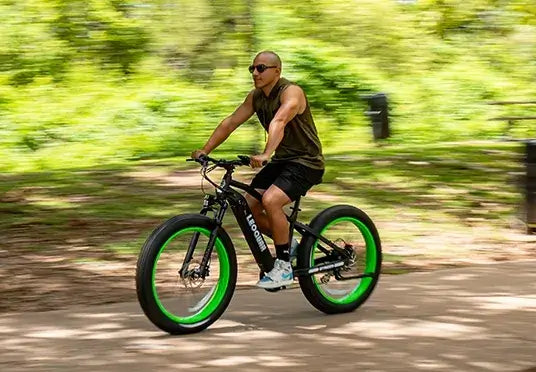
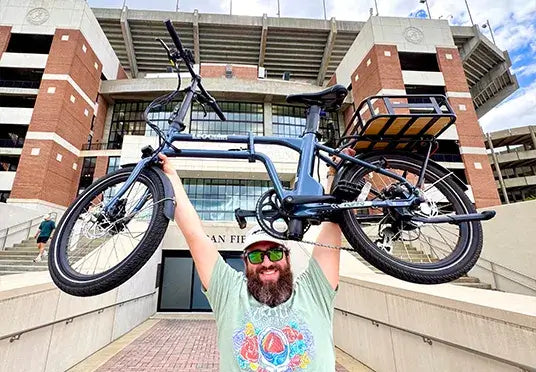

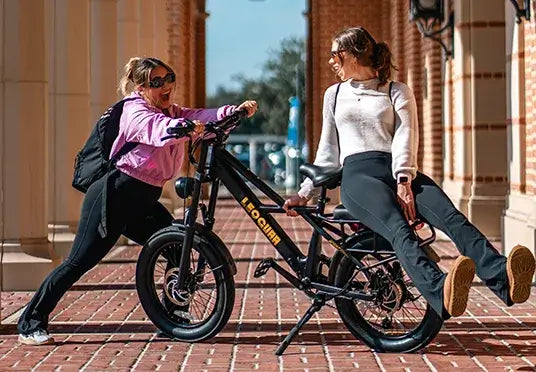
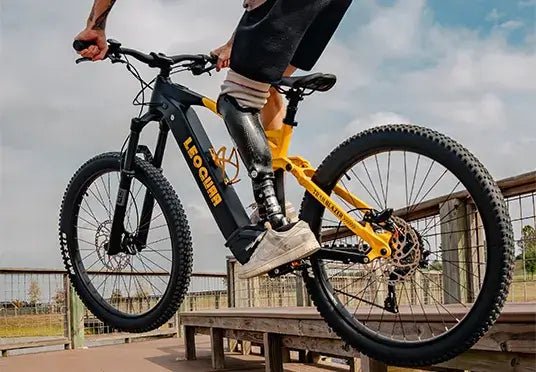

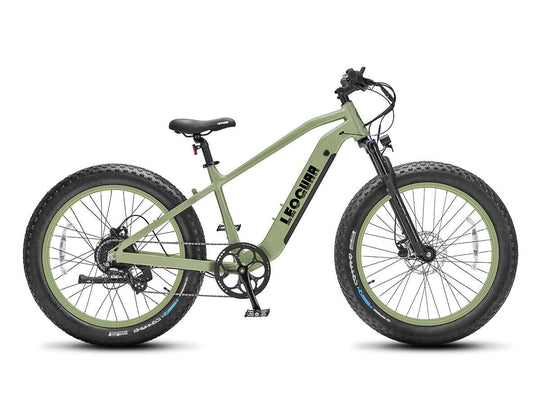
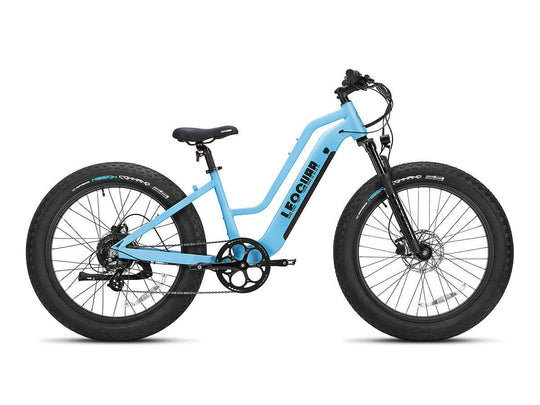
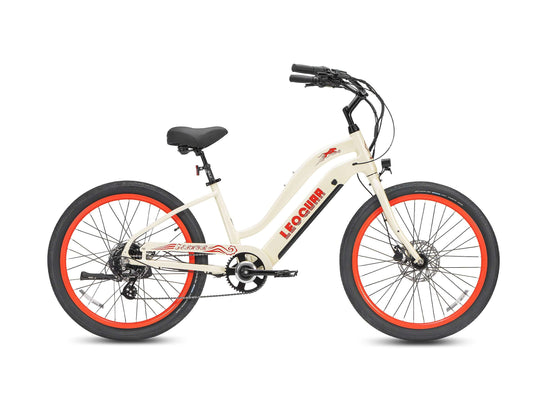
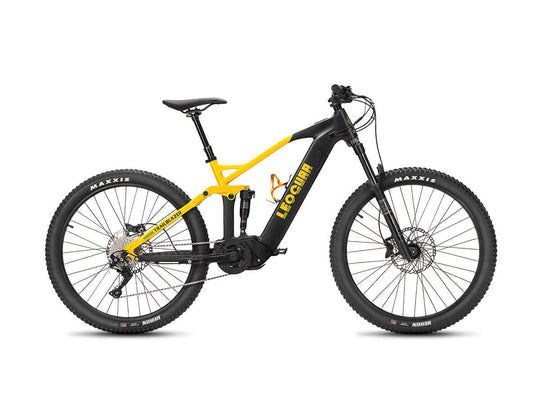

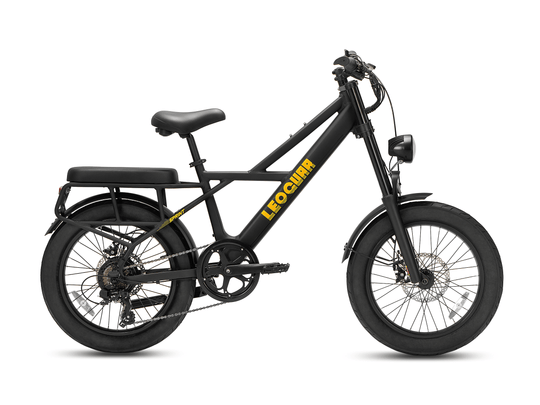
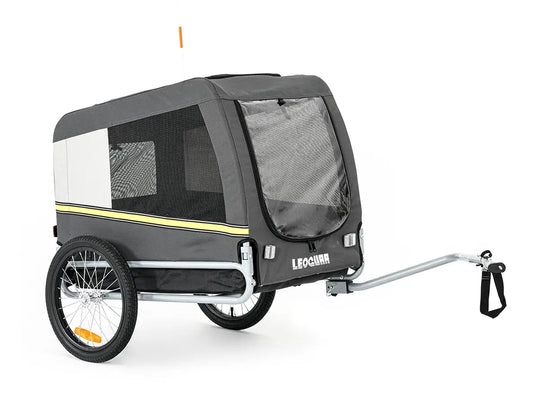
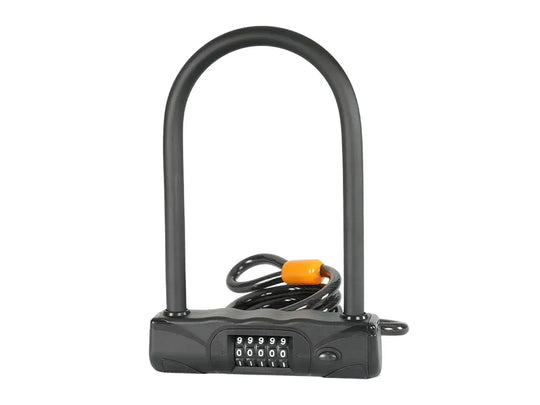

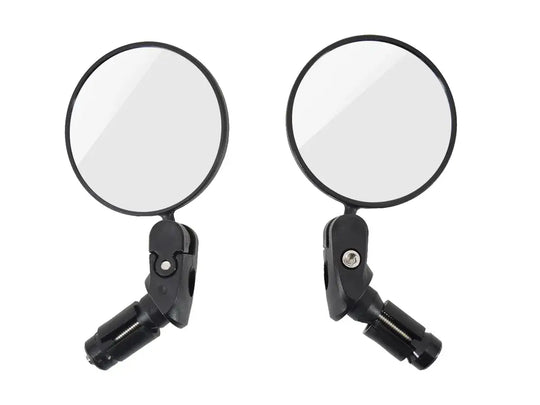
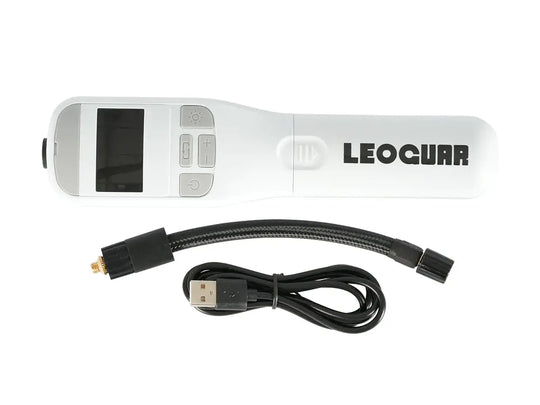
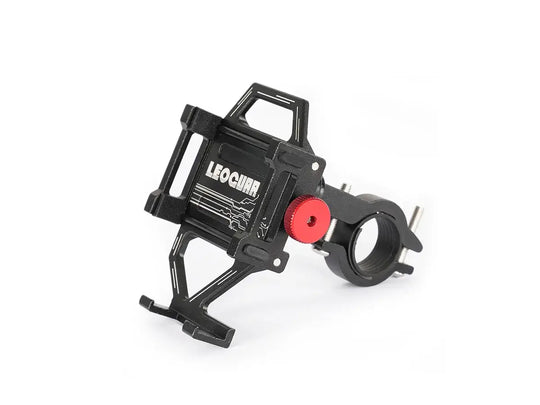
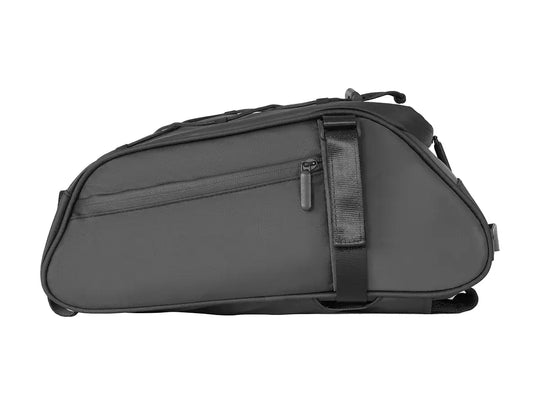
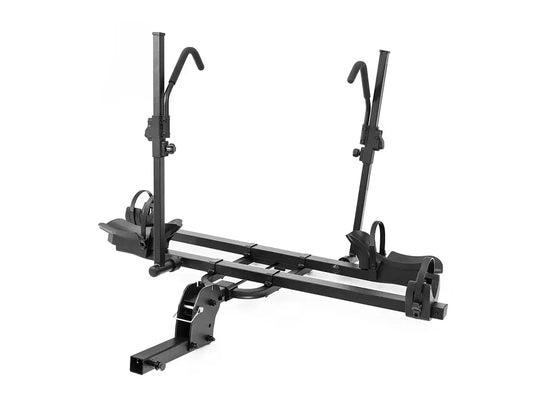
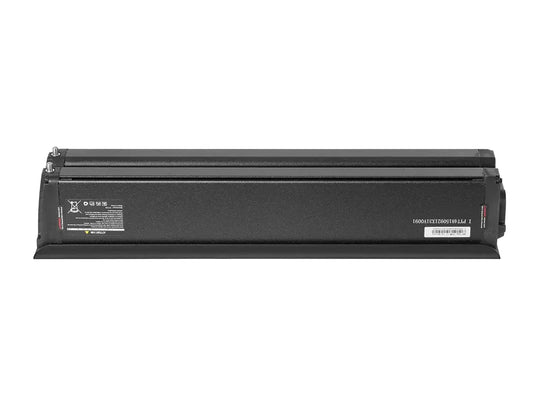

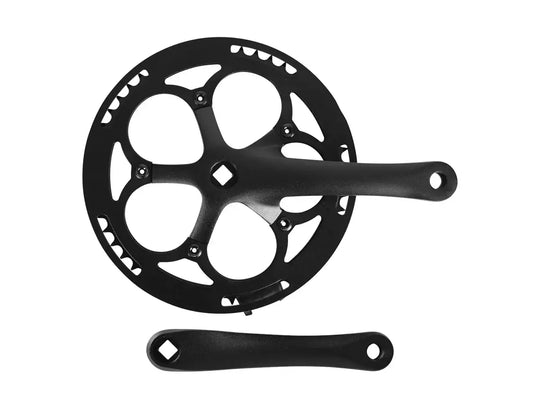
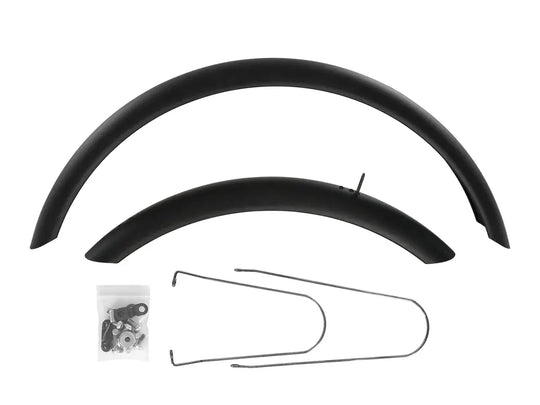
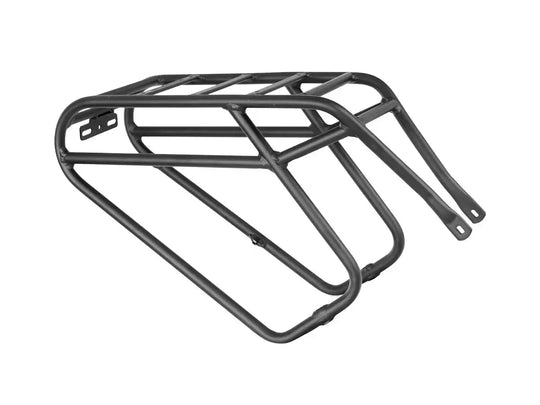
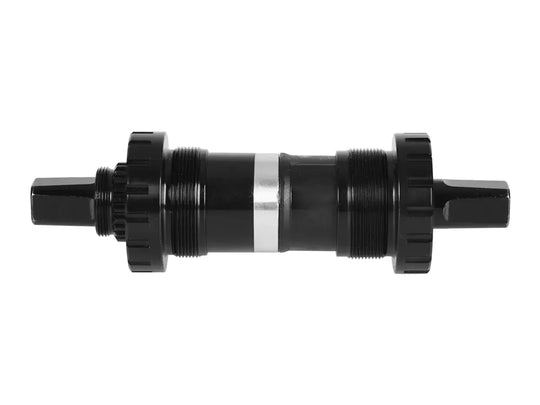
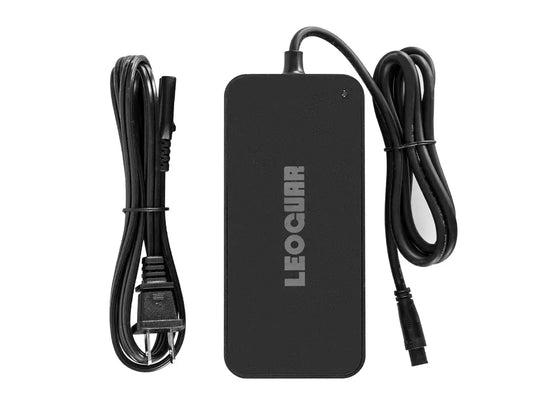
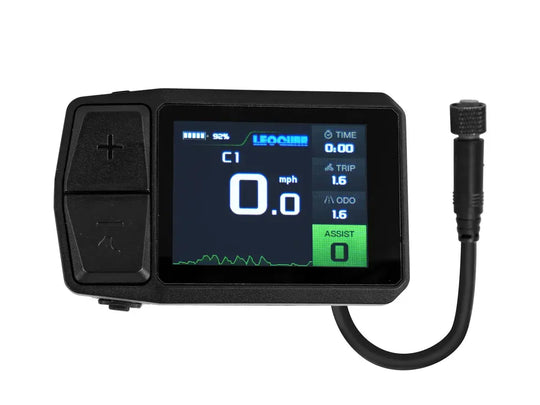

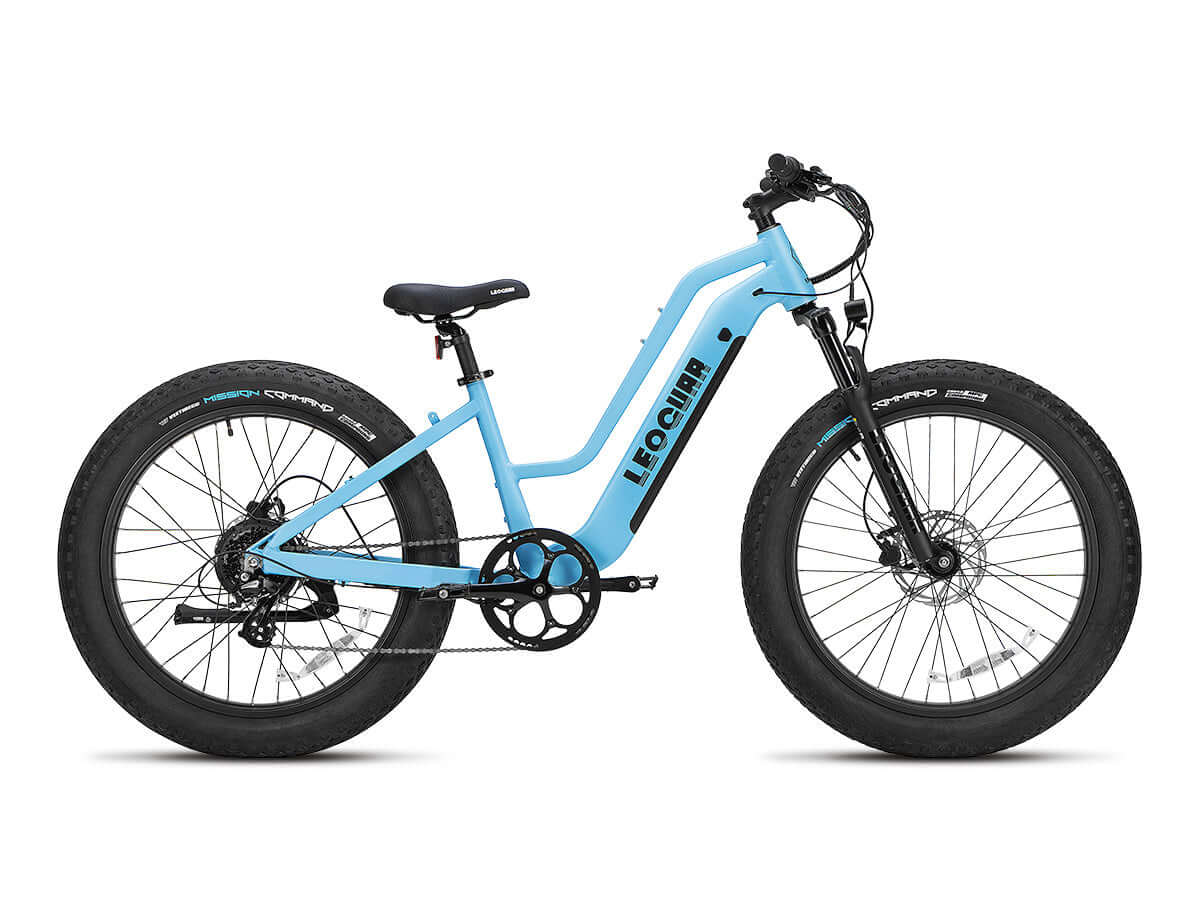







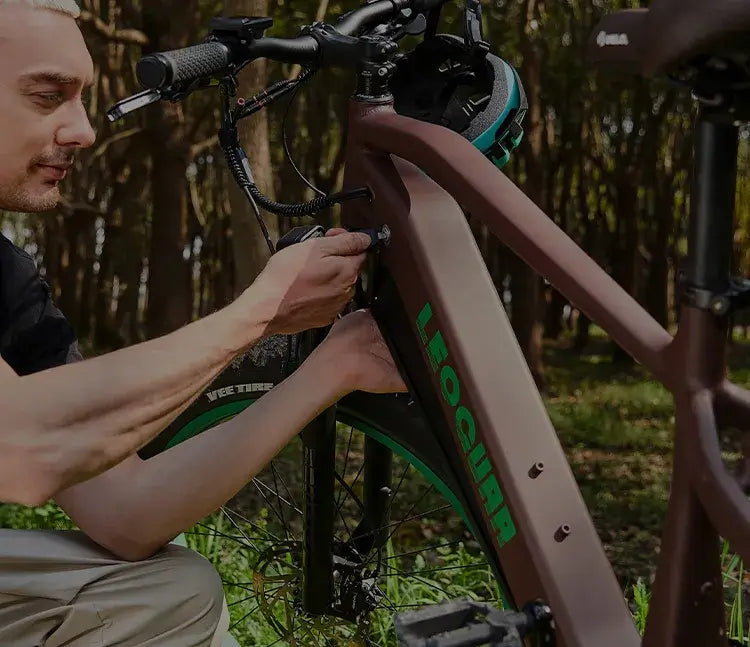
Leave a comment